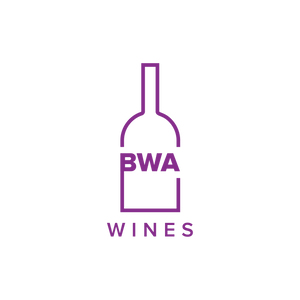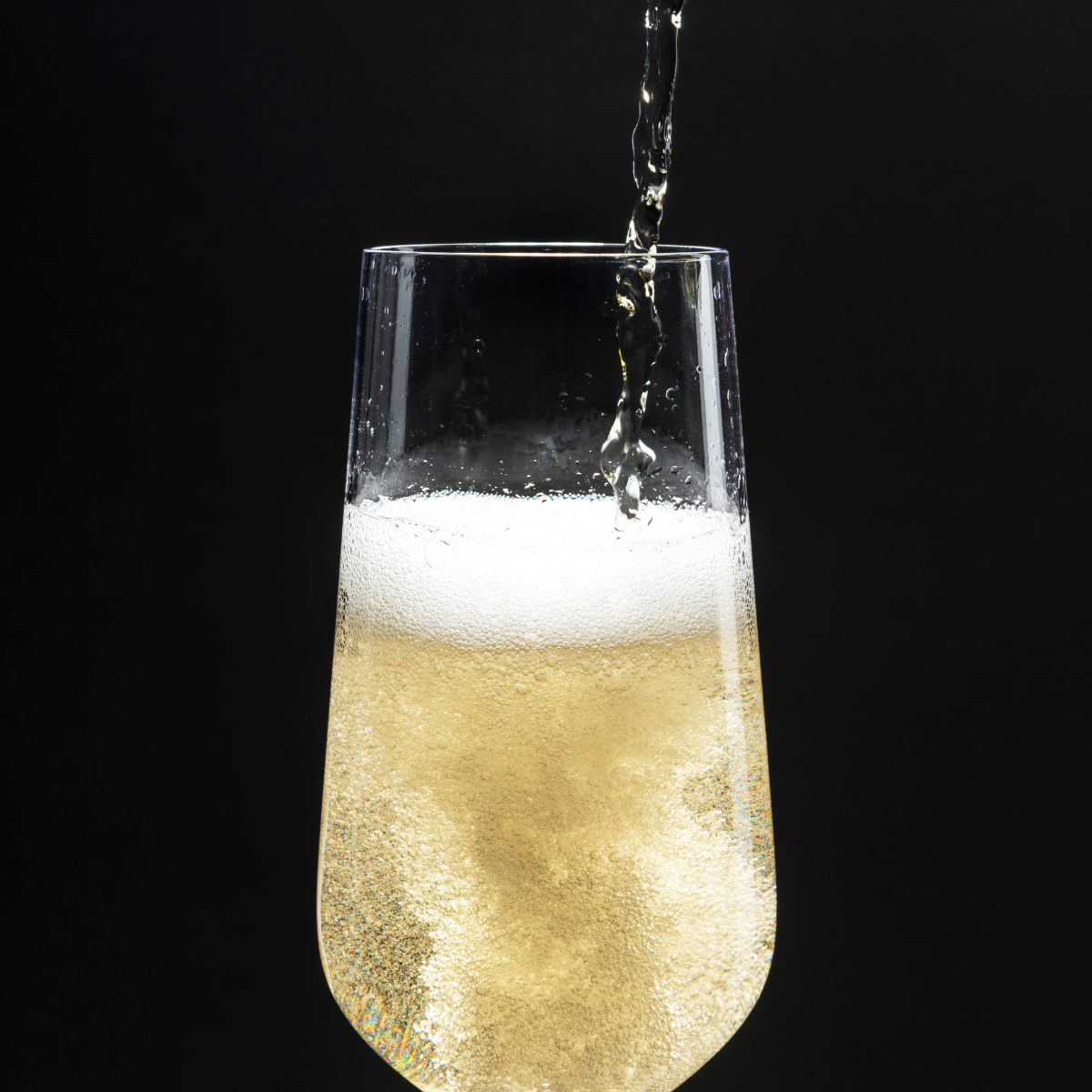If you're a fan of fine wines, chances are you've come across the term "Brut" on a bottle of champagne. But what does Brut really mean? Whether you're a seasoned wine connoisseur or just beginning to explore the world of bubbly, understanding champagne sweetness levels is essential to making the right choice for your palate and occasions.
In this article, we’ll break down what "Brut" means in champagne, its different sweetness levels, and how it compares to other champagne types. This guide will help you understand the nuances of champagne sweetness so you can confidently select the right bottle for any event or meal.
What is Brut Champagne?
The term "Brut" refers to the level of sweetness in champagne and sparkling wine. Specifically, Brut is a dry champagne, meaning it has little to no sugar. Brut champagnes are crisp, clean, and refreshing with a sharp, dry finish, making them a favorite choice for many wine lovers.
Brut champagne contains 0-12 grams of sugar per liter, giving it a natural, dry taste that pairs wonderfully with a variety of foods. If you're someone who enjoys a refreshing, slightly tart wine with no added sweetness, Brut is the champagne for you.
 Picture Credits: Wine Enthusiast
Picture Credits: Wine Enthusiast
Champagne Sweetness Levels Explained
Champagne, like all sparkling wines, comes in a range of sweetness levels. Here’s a quick breakdown of the most common terms you’ll encounter:
Brut Nature / Zero Dosage
The driest of the dry. These champagnes contain no added sugar at all, making them the most natural expression of the wine’s terroir.
Extra Brut
A step above Brut, Extra Brut champagnes have only a trace of sugar, making them incredibly dry with a crisp finish.
Brut
The standard dry champagne. With 0-12 grams of sugar per liter, Brut champagnes are balanced, with a subtle sweetness that doesn’t overpower the palate.
Extra Dry
Slightly sweeter than Brut, Extra Dry champagnes contain 12-17 grams of sugar per liter. Despite the name, they’re still considered dry.
Sec
A moderately sweet champagne with 17-32 grams of sugar per liter. Sec is perfect for those who prefer a wine with a bit more sweetness.
Demi-Sec
Sweet and fruity, Demi-Sec champagnes contain 32-50 grams of sugar per liter. This is a great choice for pairing with desserts.
Doux
The sweetest of the sweet, Doux champagnes have more than 50 grams of sugar per liter and are perfect for serving alongside sugary treats or after meals.
Why Choose Brut Champagne?
Brut champagne is incredibly versatile, making it a perfect choice for a variety of occasions. Here are just a few reasons why you should choose Brut the next time you're shopping for champagne:
Food Pairing: The dryness of Brut champagne makes it an ideal companion for many foods. It pairs beautifully with seafood, cheese, and appetizers. Its clean, refreshing taste helps cleanse the palate, making it a great choice for multi-course meals.
Occasions: Whether you're celebrating a special occasion or simply enjoying a glass on a casual evening, Brut champagne offers an elegant yet approachable choice. Its dry nature suits festive gatherings, romantic dinners, and casual get-togethers alike.
Wider Selection: Brut is one of the most popular and widely available champagne styles.
How to Choose the Best Brut Champagne
When selecting a Brut champagne, consider the following factors:
Grape Variety: Champagne can be made from a blend of three main grape varieties: Chardonnay, Pinot Noir, and Pinot Meunier. If you prefer a lighter, more delicate taste, go for a Blanc de Blancs Brut, which is made entirely from Chardonnay grapes. For a fuller-bodied champagne, opt for a Blanc de Noirs made from Pinot Noir and Pinot Meunier.
Region: While most Brut champagnes come from the Champagne region of France, there are also excellent sparkling wines made in other regions, such as Cava from Spain or Prosecco from Italy. These alternatives can be a more affordable option without compromising on taste.
Price: Champagne ranges from affordable to premium, with top-tier bottles coming from renowned houses like Moët & Chandon, Veuve Clicquot, and Dom Pérignon. If you're new to Brut champagne, start with a mid-range bottle and explore from there.
Understanding what Brut means in champagne will help you make more informed choices when selecting sparkling wines for any occasion. Brut champagnes, with their dry and refreshing taste, are perfect for pairing with food, celebrating life’s special moments, or simply enjoying a glass of elegance.
So, whether you're toasting to an anniversary, ringing in the New Year, or treating yourself to a glass of something special, champagne will always be a versatile and sophisticated choice. Shop away at our Champagne collection.

